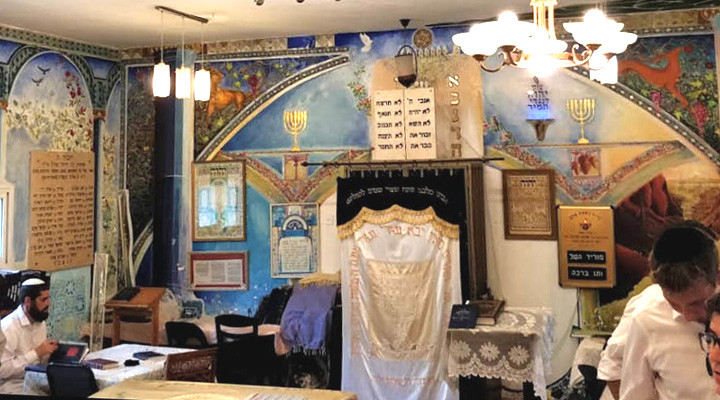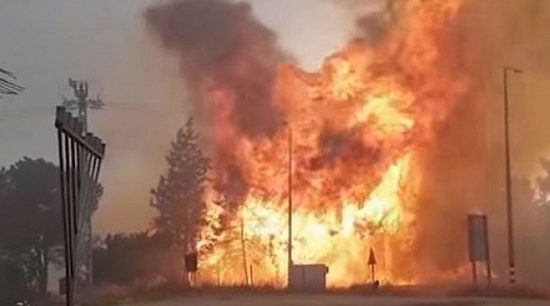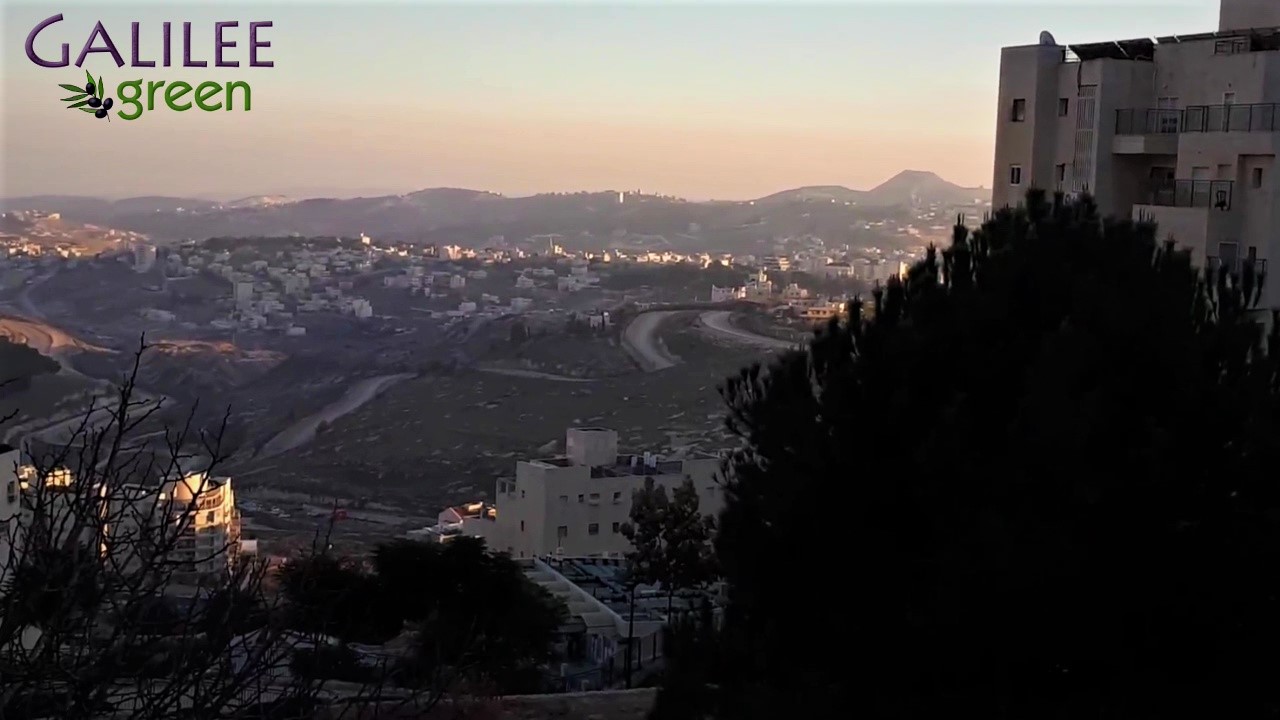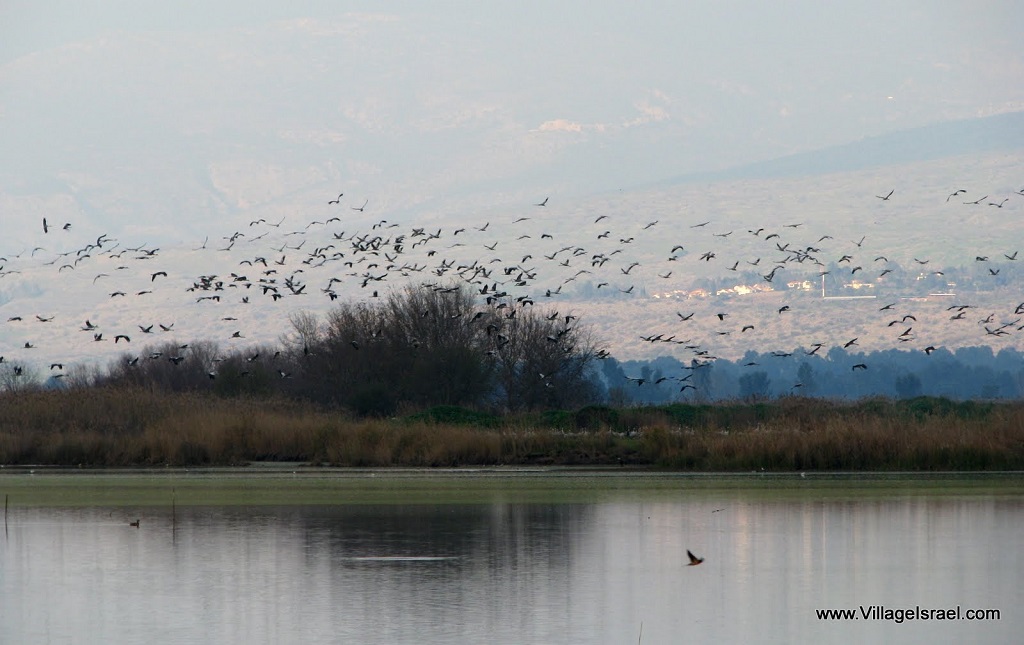While storms and flooding devastated homes and took lives throughout the US midwest this past week, fires raged all across Israel.
The morning after one of the most devastating blazes (which authorities now are suspecting arson) in the center of the country, we drove to Jerusalem and along the way we saw the sky was still filled with smoke all the way from Ben Gurion Airport to the foothills of Jerusalem.
That wildfire destroyed the entire Moshav (Village) of Mevo Modiim. Thankfully all residents were safely evacuated but everything they had built since 1975 lay in ruins.
Here is a report from our friend Shraga Simmons who lives only a few kilometers away…
* * *
The blaze was among 1,000 fires that spread throughout Israel on Lag B’Omer, burning 2,000 acres of forest, primarily in the Ben Shemen Forest adjacent to Moshav Modi’im. An investigation by the Israeli fire service revealed that the blaze began in several spots, raising suspicion of arson.
Moshav Mevo Modi’im was founded in 1975 by Rabbi Shlomo Carlebach, the “singing rabbi” whose soulful melodies are standards in the Jewish world. Many early Moshav residents were 1960s hippies “turned on” to a Torah-counterculture fusion at Carlebach’s “House of Love and Prayer” in San Francisco. Moshav residents, known as “the Chevra,” are an eclectic group of musicians, artists, organic farmers, perfumers, yoga teachers, poets, and spiritual seekers.
Given the Chevra’s deep sense of community, Israeli officials understood the importance of keeping them together following the evacuation. The Chevra is currently housed in a comfortable dormitory in the village of Yad Binyamin (where Gaza’s Jewish communities were housed following the evacuation of 2005).
Meanwhile, a more permanent solution is sought, where the Chevra can live together in a block of 50 homes.
Rebuilding the Moshav likely involves starting from scratch – bulldozing the area and replacing it with a new, modern infrastructure. Rebuilding, however, could take years.
And yet, in typical Moshav style, residents are upbeat and optimistic. One Moshav resident likened it to the feeling after Yom Kippur, “knowing you have a clean slate to start all over again.”
With this tragic fire, a piece of modern Jewish history is gone. But the Jewish people have always been blessed with great idealism, resilience and hope. Drawing on this reservoir, Mevo Modi’im promises to be back, better than ever, emerging like a phoenix from the flames.
For the full original article click here







0 Comments